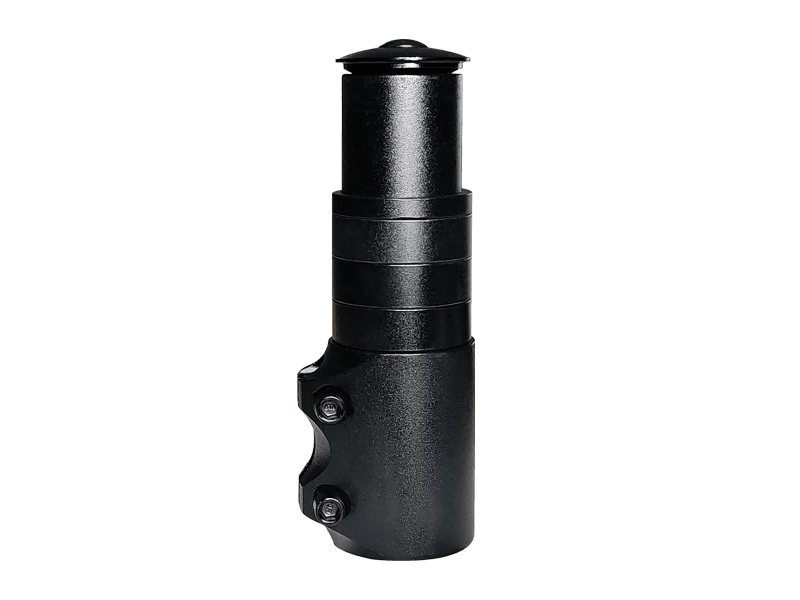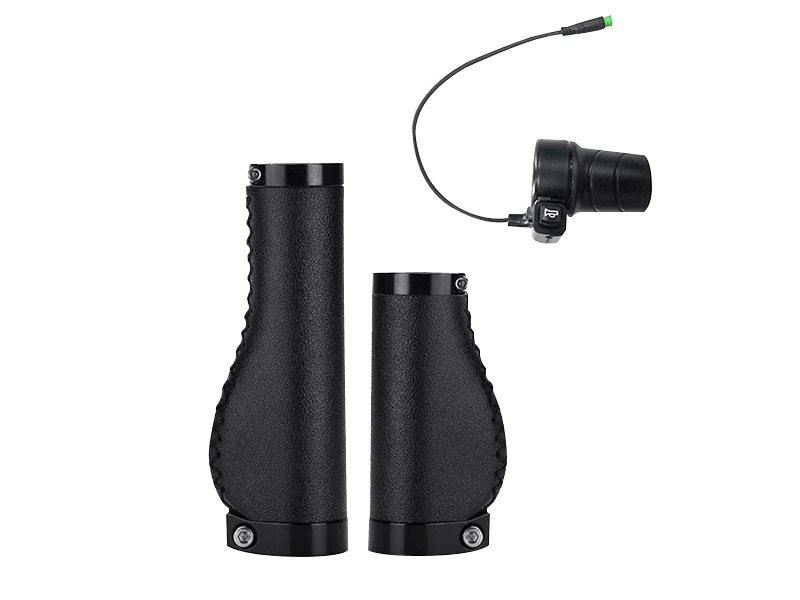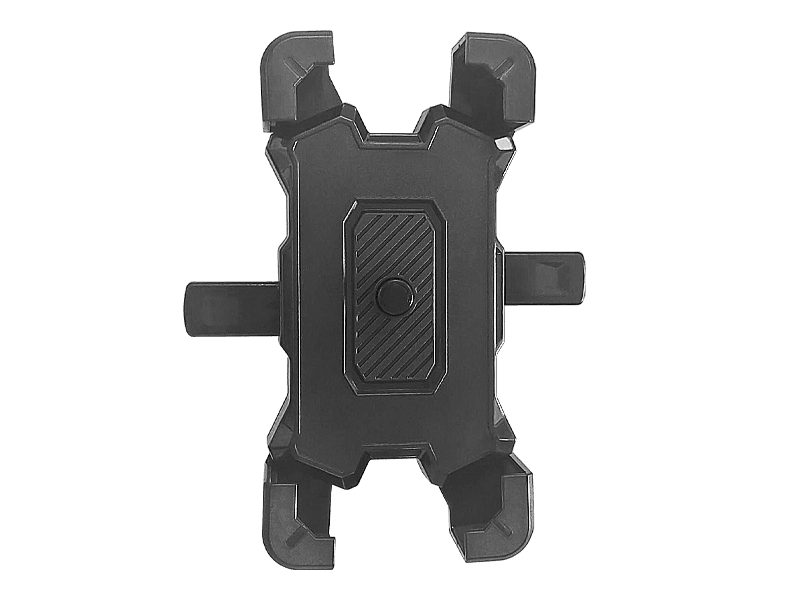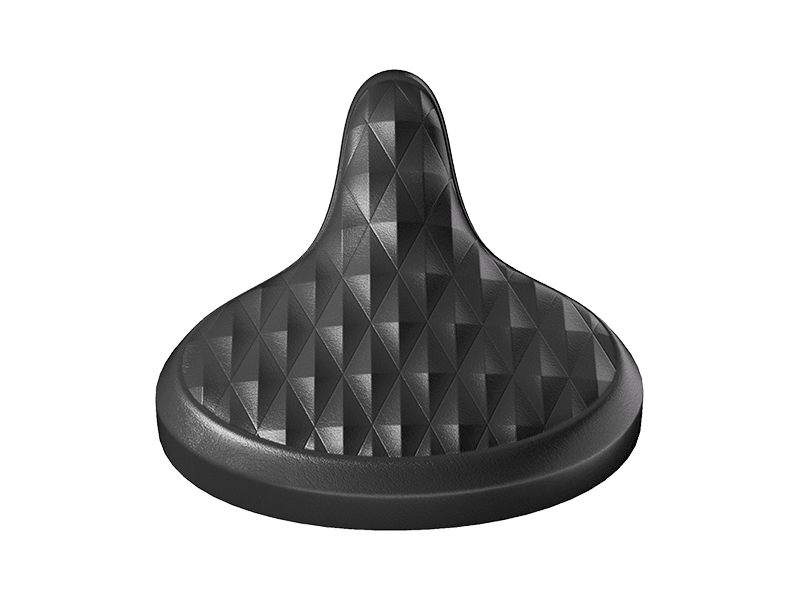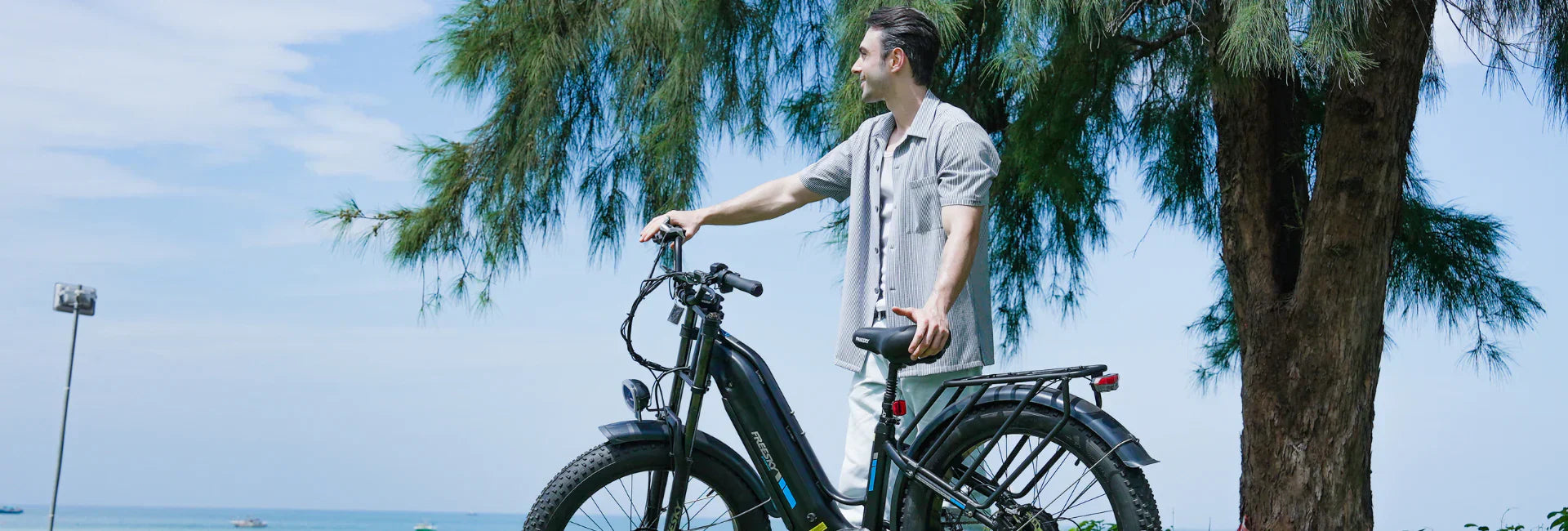How We Test Electric Mountain Bikes: Freesky’s Approach to Real-World Performance
JUN 13, 2025
Selecting the right electric mountain bike (e-MTB) is about more than technical specifications — it’s about how a bike performs across real-world terrain, in real conditions. At Freesky, we believe in field testing that reflects the true riding environments our customers face — whether that’s navigating Alpine singletrack, forest routes in central Europe, or rocky Mediterranean trails.
Our testing methodology has been developed to ensure our e-MTBs deliver dependable performance, intuitive handling, and lasting durability throughout the European riding landscape.
🧑🔬 1. Rider-Led Evaluation
Our testing is conducted by a panel of experienced riders who understand the diverse terrain types across Europe — from mountain regions to lowland trail networks. Every bike is tested over several weeks in a variety of environments, with testers rotating bikes and sharing detailed ride feedback.
This allows us to build a complete performance profile of each model under consistent and varied conditions, from technical climbs in the Pyrenees to flow trails in Germany’s Black Forest.
📲 2. Interface: Controls, Display & Connectivity
Modern e-MTBs depend on seamless interaction between rider and motor system. We evaluate:
-
Control unit layout and responsiveness
-
Display visibility in direct sunlight or low-light conditions
-
Bluetooth app functionality: configuration, updates, diagnostics
-
Charging access and ergonomics
Ease of use matters — especially when adjusting support levels during long-distance rides or in variable conditions such as rain or dust.
🧗 3. Climbing Capability
Europe’s trail networks demand strong climbing performance — from Alpine ascents to rolling countryside. We evaluate:
-
Motor responsiveness and torque
-
Geometry and rider positioning
-
Traction on loose or steep surfaces
Testing includes repeat climbs on varying gradients and terrain types to assess consistency and power delivery in assisted modes.
🚵 4. Downhill Stability and Control
Safe, confident descending is essential for e-MTBs. We conduct downhill tests across multiple trail types — from rocky alpine routes to fast-flowing woodland descents — to examine:
-
Frame geometry and balance
-
Suspension absorption and rebound
-
Braking effectiveness and fade resistance
Multiple back-to-back test runs allow side-by-side comparisons, providing objective insights into ride control and responsiveness.
⚙️ 5. Power Delivery and Ride Feel
All motors may list similar outputs, but their ride feel can vary greatly. We measure:
-
Torque delivery and smoothness
-
Power onset and cutoff timing
-
Support transition between assist levels
-
Governor limit and response at 25 km/h (EU legal limit)
We prioritise models with consistent, natural-feeling support that responds quickly to pedal input without abrupt transitions.
🔋 6. Range Testing: Field-Based and Repeatable
The range of an e-MTB depends on many variables: terrain, elevation, rider weight, riding mode, and weather. To control for these, we use a standardised test circuit representative of typical European trail environments, including:
-
Steep climbs on mixed gravel and soil
-
Descending routes with minimal motor support
-
Mid-ride pauses to simulate typical rest intervals
Each model is tested repeatedly until battery depletion, and data is tracked via GPS and digital display metrics.
🌧️ 7. Durability Testing in Varied European Conditions
From springtime mud in northern Europe to summer dust in southern trails, durability is critical. Over extended rides and weather exposure, we assess:
-
Battery housing and water resistance
-
Cable routing and protection
-
Suspension seals and brake component resilience
-
Post-ride cleaning and maintenance checks
We aim to replicate conditions riders actually face, ensuring the bike can perform reliably — not only during perfect weather, but also through months of variable use.
Freesky’s E-MTBs: Built for the Demands of Europe
Freesky’s Warrior Pro and Alaska Pro models undergo this full testing protocol before market launch. Each model is designed to meet the challenges of Europe’s diverse terrain, climate, and ride preferences:
-
Warrior Pro: Equipped with a 48V 30Ah Samsung battery (UL2271 and CE certified), ideal for riders demanding powerful uphill support with high-torque output.
-
Alaska Pro: Features a robust 48V 41Ah battery (UL2271 and CE certified) for long-distance endurance and optimal power efficiency on extended trail routes.
Both models are designed to conform with EU safety standards, with a focus on intelligent power distribution, rider comfort, and real-world trail performance.
Overview Table: Freesky's EU E-MTB Testing Criteria
| Category | Testing Focus | Purpose |
|---|---|---|
| Controls & Display | Visibility, ease of use, app integration | Improve usability on the trail and in varying weather |
| Climbing Performance | Torque, handling, motor balance | Assess capability across European elevation profiles |
| Descending Dynamics | Geometry, suspension, braking | Ensure downhill safety and rider confidence |
| Power Output | Smoothness, timing, support feel | Match assist behaviour to rider input and trail style |
| Range | Consistency, depletion pattern, terrain variables | Provide realistic travel expectations |
| Durability | Environmental exposure, material wear, sealing | Maximise reliability year-round |
Engineered for Europe's Riders
At Freesky, we don’t just engineer e-MTBs — we test them in the same conditions our riders face. Our goal is to ensure that whether you’re tackling high-altitude routes or relaxed woodland circuits, your Freesky bike responds predictably, powerfully, and with control.
We test to build trust — because your ride depends on it.


